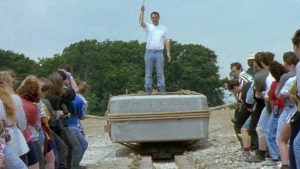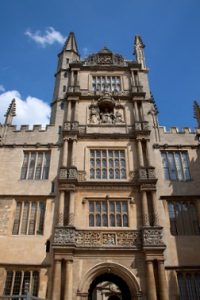
There’s a crucial, initial choice that an author must make about writing a book set in the past. Are they going to write about real people, or are they going to write about a real time and place using fictional characters. It’s a very personal choice, and here are some of the considerations that led me to invent Philocles, Zosime and the rest of my dramatis personae.
Writing about real people offers up a story as a hostage to fortune – or archaeology or archivists. New facts, however unexpected, can emerge to wreck a narrative. I’ve been reading books intent on rehabilitating Richard III ever since I encountered Josephine Tey’s The Daughter of Time in my teens. Whoever these different books have blamed for murdering the Princes in the Tower (my vote is for the Duke of Buckingham) they have agreed on one thing. Richard’s supposed deformity is hostile Tudor propaganda. That makes for awkward reading after digging up a Leicester car park revealed a skeleton with an emphatically S-shaped spine. True, the best assessments reckon the visible and physical effects of this were later highly exaggerated, but the fact remains that Richard very definitely and noticeably had scoliosis.
Real lives, however dramatic, rarely if ever shape themselves into truly satisfying plots. We see this time and again. Two recent historical films offer examples of recurrent problems. The latest Mary Queen of Scots movie insists (not for the first time) on having Mary meet Queen Elizabeth I. This never happened, as the historical record makes emphatically clear. The implications of that choice to ignore those facts go beyond that scene. If the film makers are willing to invent stuff for dramatic effect, how far can any of the rest of the film be trusted?
On the other hand, sticking closely to the facts can cause the film maker just as many problems. The Favourite, the new film about Queen Anne, is being praised for superb performances, visuals, and the like, but I’ve come across more than a few viewers dissatisfied with the way the story ends. No spoilers, but when a screenwriter is constrained by unhelpful facts, there’s only so much they can do.
So far, these are relatively straight-forward issues. There are much more hazardous minefields for the historical novelist. The Cape Doctor by EJ Levy is a forthcoming novel already at the centre of heated debate. James Barry, the doctor of the title, was discovered at his death to have been born biologically female (or possibly intersex). Consequently, his life has been intensively studied, especially as better understanding of the complexities of human sexuality and gender expression has developed in recent decades – not least thanks to study of the ancient world. Such studies have also prompted considerable pushback from those unable or unwilling to accept sexual and gender identities outside their personal experience, or their religious or philosophical conventions.
In the case of James Barry, this means sharply divided opinions, and the aforementioned heated debate, between those insisting that dressing as a man was the route this young woman took to achieve a meaningful career, and those who point to Barry’s writings and deathbed wishes as firm evidence that he saw himself as a man and wished to be remembered as one. I have no more idea than anyone else what story Levy wishes to tell, or the issues she wishes to explore, but in choosing to write about this particular historical figure she has guaranteed controversy, and to cause offence. These arguments seem highly likely to obscure whatever the merits of the book might prove to be. By contrast, other novelists have prompted far more constructive debate about revisiting historical views of sexuality and gender by centering their stories on fictional people.
So weighing up all these considerations, I have opted for writing stories about invented characters, who get caught up in satisfactorily dramatic events, in a time and place that’s as rigorously accurate and factual a setting as my research can make it. Every historical writer must find their own balance point between fact and fiction, and this is mine.


